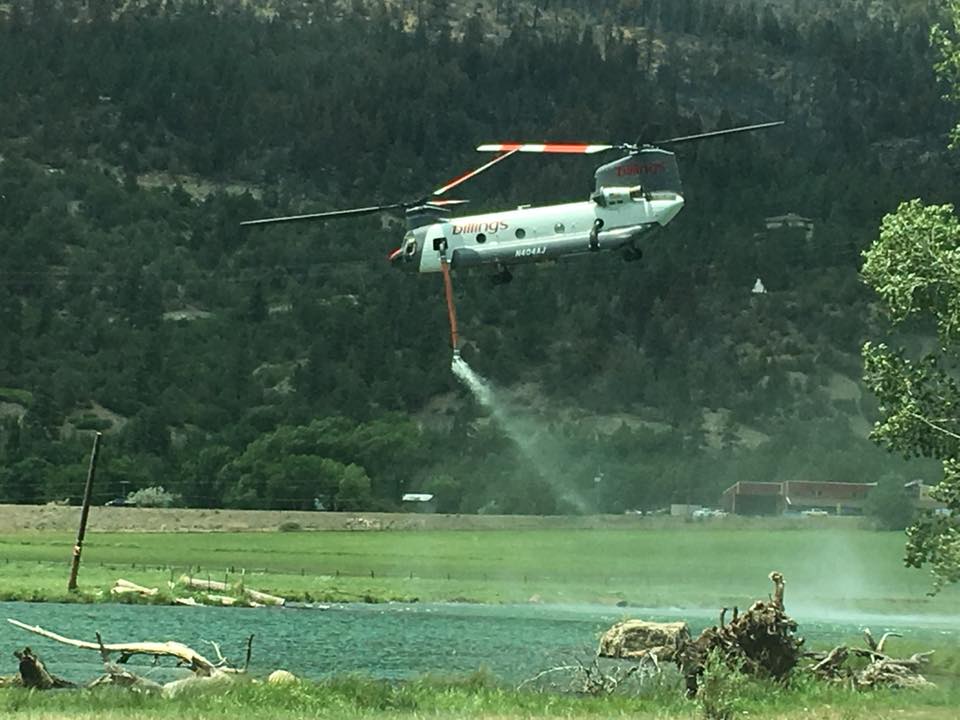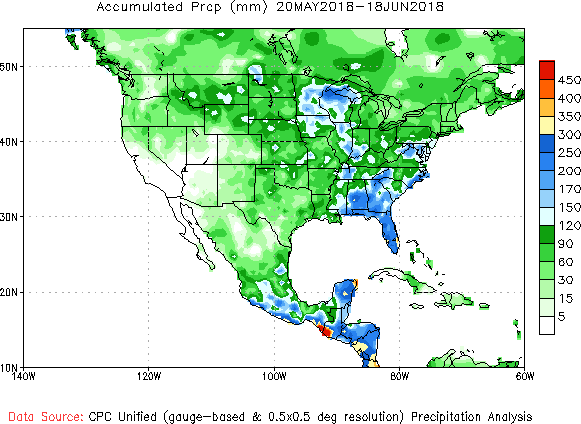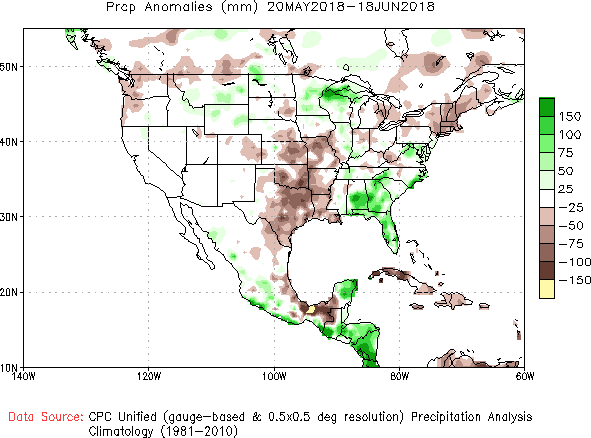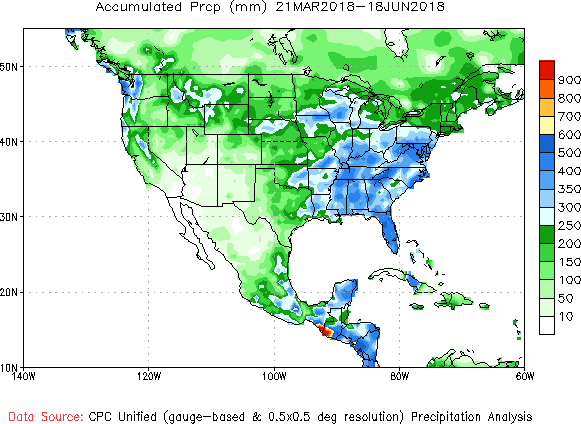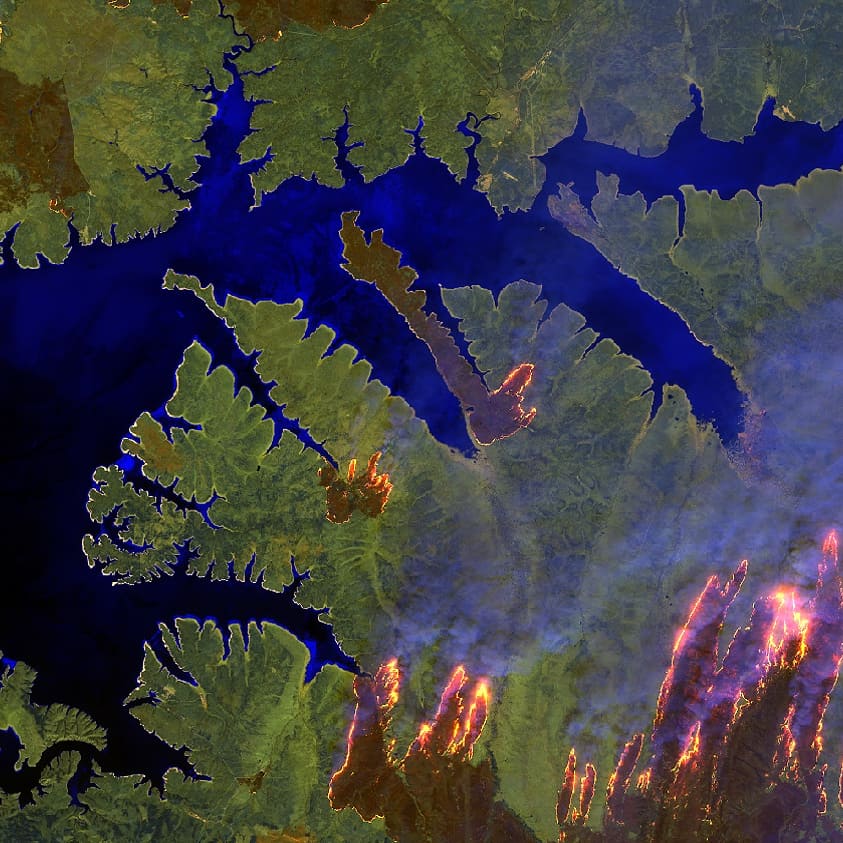Above: An undated photo of the 416 Fire, from Inciweb.
After being assigned to the 416 Fire for two weeks Todd Pechota’s Type 1 Incident Management Team will demobilize Friday morning and transition to Joe Reinarz’s National Incident Management Organization (NIMO) team. Mr. Pechota is the Forest Fire Management Officer on the Black Hills National Forest but is currently detailed into his former bosses job which is vacant, the Forest Supervisor position.

As Mr. Pechota’s time on the 416 Fire wound down, Alex Semadeni, a writer for the Durango Herald, interviewed the Incident Commander.
Below is an excerpt:
“We were playing a bit of a tough hand based on weather and topography and fuels,” Pechota said. “In many, many places of the fire, we just couldn’t land on a place where being able to take care of them (firefighters) in the event of an injury was an acceptable risk.”
Pechota was also concerned about the fire’s proximity to homes and the city of Durango in general. The fact that the fire was across the highway from the 2002 Missionary Ridge Fire wasn’t lost on him either.
“It’s kind of eerie,” he said. “If you’re a student of fire, you would look across the road and see the burn scar of Missionary Ridge. And what is the thing about Missionary Ridge that people remember? Some people it may have been the flooding. Some people it may have been the size. Some people it may have been the huge fire whirl that went across Vallecito. But many of us, the thing that we remember is that somebody died fighting the fire.
“That’s one of those things that when you’re asking young men and women to go engage a fire that you look right across the road and there is the burn scar from an event that took somebody’s life. It heightens our awareness, it heightens our sensitivity of operations, all those kind of things.”
